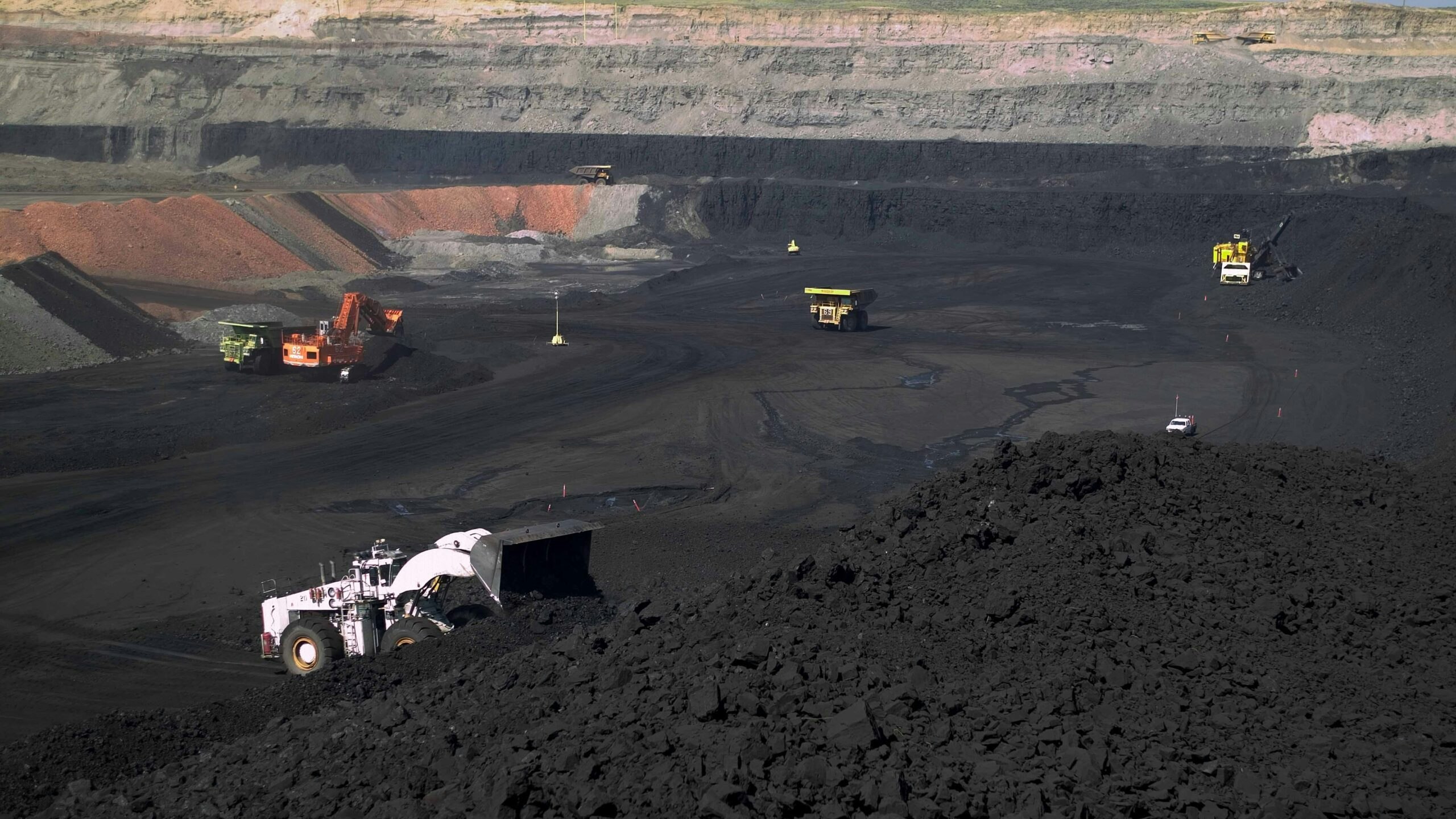China is permitting two new coal-fired power plants every week, according to a new report by the Center for Research on Energy and Clean Air.
China approved the construction of 168 coal-fired units last year, which is in addition to its existing capacity and four times more than in 2021.
Meanwhile, the United States is rapidly retiring its coal capacity.
Nearly 12 gigawatts of coal-fired capacity was retired in 2022 alone, and another 10 gigawatts is expected to be phased out by 2028. Between 2011 to 2020, 68% of the total U.S. capacity was retired.
As the U.S. races toward an energy transition policy that follows in the footsteps of Europe, where heavy industries and manufacturing are shutting down as energy costs become too much for the businesses to bear, there is a growing concern that the U.S. will become uncompetitive with the Chinese industrial might.
“We’re going down this path thinking that wind and solar are going to solve all of our problems. And they’re not. It’s folly,” Travis Deti, executive director of the Wyoming Mining Association, told Cowboy State Daily.
Banking On Control
According to the U.S. Energy Information Administration (EIA), the portion of electricity in China that goes to industry is five times greater than in the U.S.
Because the U.S. is a much wealthier country, people in the U.S. consume way more electricity than the average person in China, but as energy expert Alex Epstein explained on the Financial Sense Podcast in February, China is producing far more goods than the U.S.
“That’s what’s really related to your productivity is your manufacturing,” Epstein said.
The communist nation also produces a lot of the wind turbines and solar panels for the West’s renewable energy targets, as well as the raw materials that are needed for it.
Steve Milloy, an adjunct analyst with Competitive Enterprise Institute who served on the EPA transition team for the Trump administration, said the impacts of these policies are slowly increasing, such as blackouts becoming more frequent.
In this way, the American public isn’t going to realize the danger until it’s too late, he said.
He used the COVID-19 pandemic as an example, where people were told to shut down the economy for two weeks to slow the spread. That turned into long stretches of restrictions.
“I think that they’re banking on that,” Milloy said of China. “They’re banking that they can gain control over us before reality can set in.”
Europe Returns To Coal
China isn’t the only nation embracing coal.
Many other developing nations hoping to see living standards rise to those comparable with the West also are increasing their coal production and coal consumption. According to the EIA, the world set a record for coal consumption in 2022.
Nations that have pledged to end their dependence on coal also are having to rethink that strategy.
In February, Power Magazine reported on Germany’s significant reversal in coal consumption in 2022. The nation has been the leader in renewable energy and was banking that wind and solar would eliminate the need for natural gas and coal. It banned development of its own domestic oil and gas production and set targets to exit coal entirely. It also shut down nuclear power plants.
Wind and solar didn’t satisfy all that country’s energy needs, and it remained dependent on Russia for its natural gas. When the invasion of Ukraine cut the nation off from its main supply and gas prices hit all-time highs, it delayed the retirement of its coal-fired capacity.
This month, Britain was forced to start its coal-fired stations when a cold snap descended on the country but didn’t bring any wind with it.
War On Coal
Emily Arthun, CEO of the American Coal Council, said that China is building out a lot of wind and solar energy, but metallurgical coal is a vital component of the steel, plastics, concrete and other raw materials that are needed to produce wind turbines and solar panels.
America’s energy transition is just as dependent on coal, Arthun said.
“When we talk about a war on coal or initiatives to shut down coal plants, I don’t think anybody’s looking at that. It affects far more than just utilities,” Arthun said.
Ron Stein, co-author of the Pulitzer Prize-nominated book “Clean Energy Exploitations” and a registered professional engineer and energy consultant, said that when America was at very low carbon emissions during the 1800s, life expectancy was half what it is today and people rarely traveled more than 100 miles from where they were born.
“That’s a zero emission society,” Stein said.
The goals of eliminating fossil fuels, Stein explained, ignore all the products that are dependent on them. Besides the metallurgical coal needed to make things like steel, there are thousands of products that are derived from oil, including deodorant, paint, pharmaceuticals and medical equipment.
“Wind and solar only generate electricity. They manufacture nothing for society. So, we’re going to basically have a bunch of electricity, and nothing to power,” Stein said.
Strategic Purpose
Deti said that Europe may be starting to remember why it used coal in the first place.
Coal doesn’t require a lot of sophisticated technology to produce. It’s a dense energy source that can be easily transported. And it’s so abundant that Wyoming alone has hundreds of years of coal to supply energy needs.
“In the United States, we are going to learn that lesson, eventually,” Deti said.
Meanwhile, China is producing more carbon dioxide emissions than the entire state of California, and it has no commitment to slowing its buildout of coal capacity.
“China is burning more and more coal and more and more gasoline with no end in sight,” Milloy said. “And they’re doing it for a strategic purpose. Of course, that strategic purpose is to become the lone global superpower.”





